WHEELING, W.Va. — In a landmark moment for historic preservation, the Warwood Historic District in northern Wheeling has officially become the largest area in West Virginia ever nominated to the National Register of Historic Places.
This condensed, working-class neighborhood, which comprises a whopping 1,214 individual buildings and structures, surpasses the previous record holder, the nearby Wheeling Island Historic District, which contained 1,123 buildings and structures at the time of its listing in 1992.
Years of effort culminate in national recognition
Efforts to add Warwood to the National Register had been underway for several years, but the project gained significant momentum in 2024 when the City of Wheeling and the nonprofit organization Wheeling Heritage were awarded a survey & planning grant from the West Virginia State Historic Preservation Office to help finance the project.
Aurora Research Associates, a historic preservation consulting firm based in Ohio, was contracted to research and write the nomination.
The National Park Service approved the National Register nomination for Warwood on May 7, 2025. Ironically, West Virginia’s largest historic district comes less than a year after the state’s smallest, the 0.48-acre Bluefield Green Book Historic District, was listed in July 2024.
Recognizing Overlooked Histories
Interestingly, Aurora Research Associates was also responsible for writing the Green Book nomination. Aurora founder Courtney Zimmerman said both projects represent a shift outside of the standard of nominating more opulent districts.
“What I love about both these districts is that they represent a real effort in our field to recognize more aspects of history, like the working-class families who resided in Warwood and Black entrepreneurs in Bluefield,” Zimmerman says.
How Warwood Was Built: From Farmland to Industrial Hub
Warwood’s creation is closely tied to the wave of industrial development that occurred in West Virginia’s urban communities at the turn of the twentieth century. For many years, the area north of Wheeling was sparsely populated farmland. Things began to change in 1905 when the Warwood Tool Company relocated there from Martins Ferry, Ohio.
Founded in the 1850s by English immigrant Henry Warwood, the company manufactured tools for farming, coal mining, railroads, and steamboats. It constructed a substantial factory along what is now North 19th Street.
Such a large business required a large workforce. Once Warwood Tool began construction, real estate investors purchased much of the surrounding land. They divided up the land, laid out the streets, and sold parcels for residential development. Workers and their families soon flocked to the site, building homes and getting jobs at the tool factory. The new neighborhood was named Warwood after its first and most important business.
A Thriving Industrial Community
A snowball effect followed. Following the tool company’s lead, more factories set up shop in Warwood. These included the Continental Can Company, the Warwood Armature Company, the Centre Foundry & Machine Shop, and the Wheeling Stamping Company. Together, they manufactured a variety of metal products. The nearby river and railroad made it easy to ship these products far and wide.
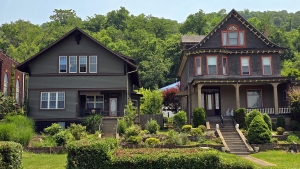
The population grew rapidly. By 1907, it had already exceeded 3,000. This was a mostly blue-collar, working-class community. Homes were tightly packed on small lots and designed in popular styles such as Craftsman, Queen Anne, Colonial Revival, and Tudor Revival. The National Register nomination states that Warwood’s dense residential neighborhoods reflect “workers’ growing prosperity and achievement of home ownership.” A visitor might easily think that they were in one of the industrial cities of Ohio and Pennsylvania, not West Virginia.
A community that adapted and endured
Many stores, churches, and schools opened to serve the exploding population. A streetcar line enabled residents to travel quickly to Wheeling and other destinations in the northern panhandle of West Virginia. By 1911, Warwood had become so successful that it was incorporated as its own town. This independence was short-lived, however, and in 1920, Wheeling annexed Warwood.
The wave of deindustrialization in the closing decades of the twentieth century had a substantial impact on Warwood. It witnessed a declining population, the closure of its high school, and the loss of most of its factories. Today, one of the last remaining industrial concerns in Warwood is ironically the Warwood Tool Company, the business that brought the community to life.
Why Warwood qualifies for the National Register
The Warwood Historic District qualified for the National Register due to its strong association with the industrial history of West Virginia’s northern panhandle, its dense and well-preserved working-class neighborhoods, and the variety of important early twentieth-century architectural styles present.
“You can see a whole cross-section of life through Warwood’s architecture and imagine people walking to work, school, the store, the pool, church,” says Zimmerman. “That’s what we hope to accomplish with preservation—giving people perspective and understanding.”
A bright future for Wheeling’s historic legacy
Warwood is just the latest in a long series of historic districts established in West Virginia’s first capital over the years. These include the North, South, East, and Downtown Wheeling Historic Districts, the Wheeling Warehouse Historic District, and the Wheeling Island Historic District. (See list of Wheeling Historic Districts)
More historic districts are expected in Wheeling soon, including Dimmeydale Historic District, a residential suburb along National Road. Each has its own story to tell, and Warwood is no exception.
What’s Next? Expansion and Economic Opportunity
Warwood’s addition to the National Register promises to unlock new economic opportunities for the community. Hundreds of property owners are now eligible to apply for matching grants and historic rehabilitation tax credits to preserve and revitalize their real estate.
Warwood also doesn’t have to worry about losing its title of largest West Virginia historic district anytime soon. The Warwood Historic District nomination covers only two-thirds of Warwood. In the coming years, Wheeling’s historic preservation leaders hope to expand the district to include the remaining one-third of the area. Potentially hundreds more properties could be added to the National Register listing, making for one truly remarkable historic district.
Sign up for a FREE copy of West Virginia Explorer Magazine in your weekly email. Sign me up!
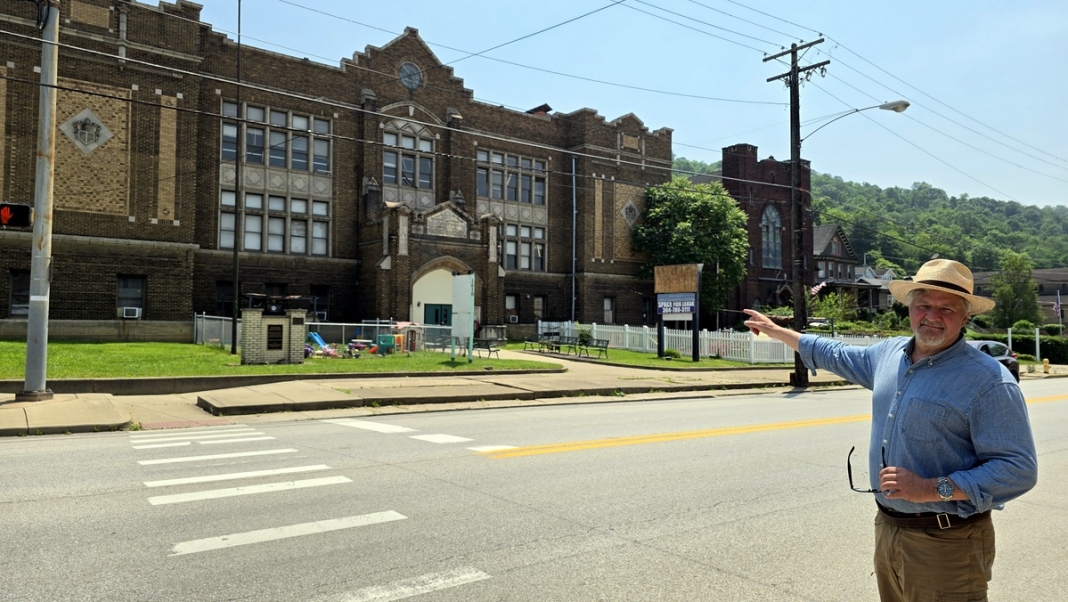

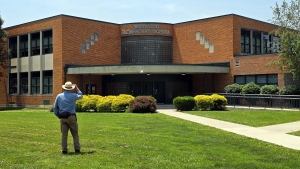
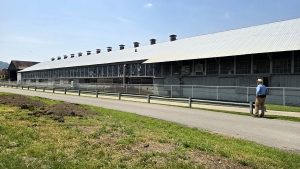

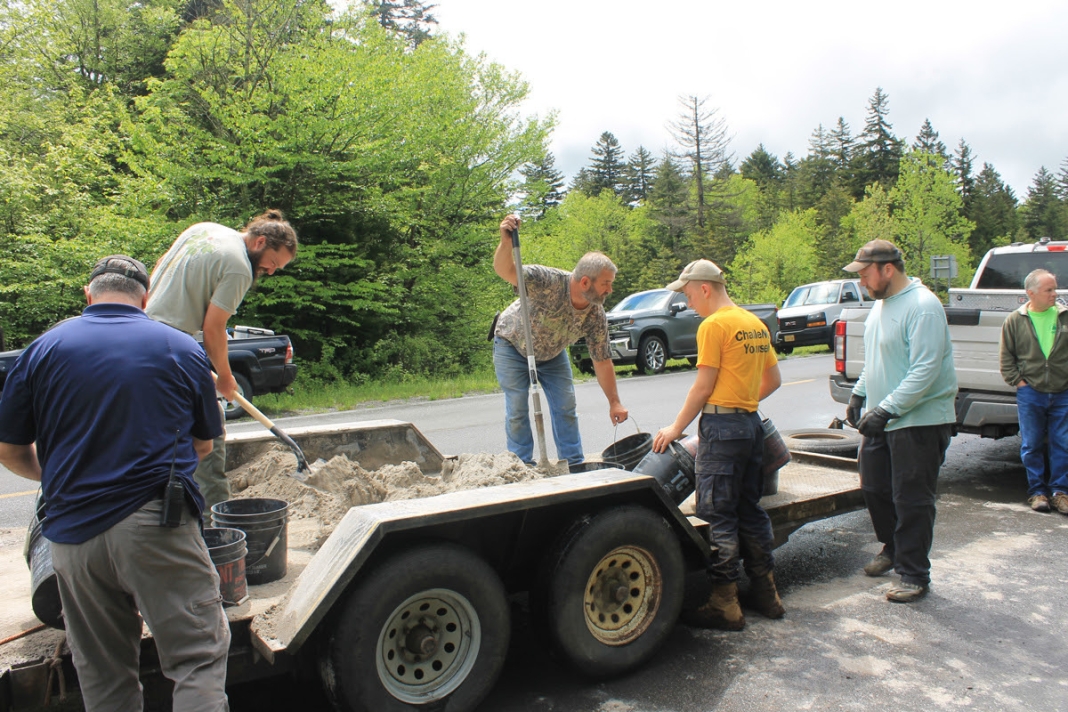
I love this article and I live really close to warwood I went to warwood elementary school and warwood junior high too and I go there all the time to the grocery store and other shops at least every two weeks and I had a job there and I have friends and family that still live in warwood. I would love to be able to sign up for the newsletter too.
You need to save one of the old furnaces for center Foundry before it to late and they sell it for scrap !!!!!!
I grew up in the home on the left in the picture above (1606 Warwood Avenue). Warwood was a great place to grow up. I attended Warwood Grade School and Warwood High School. Summers were spent at the pool, playing baseball and football in Garden Park, and swimming and fishing in the river. At night, you could hear the tugboat whistles as they approached Lock 12. Great memories.